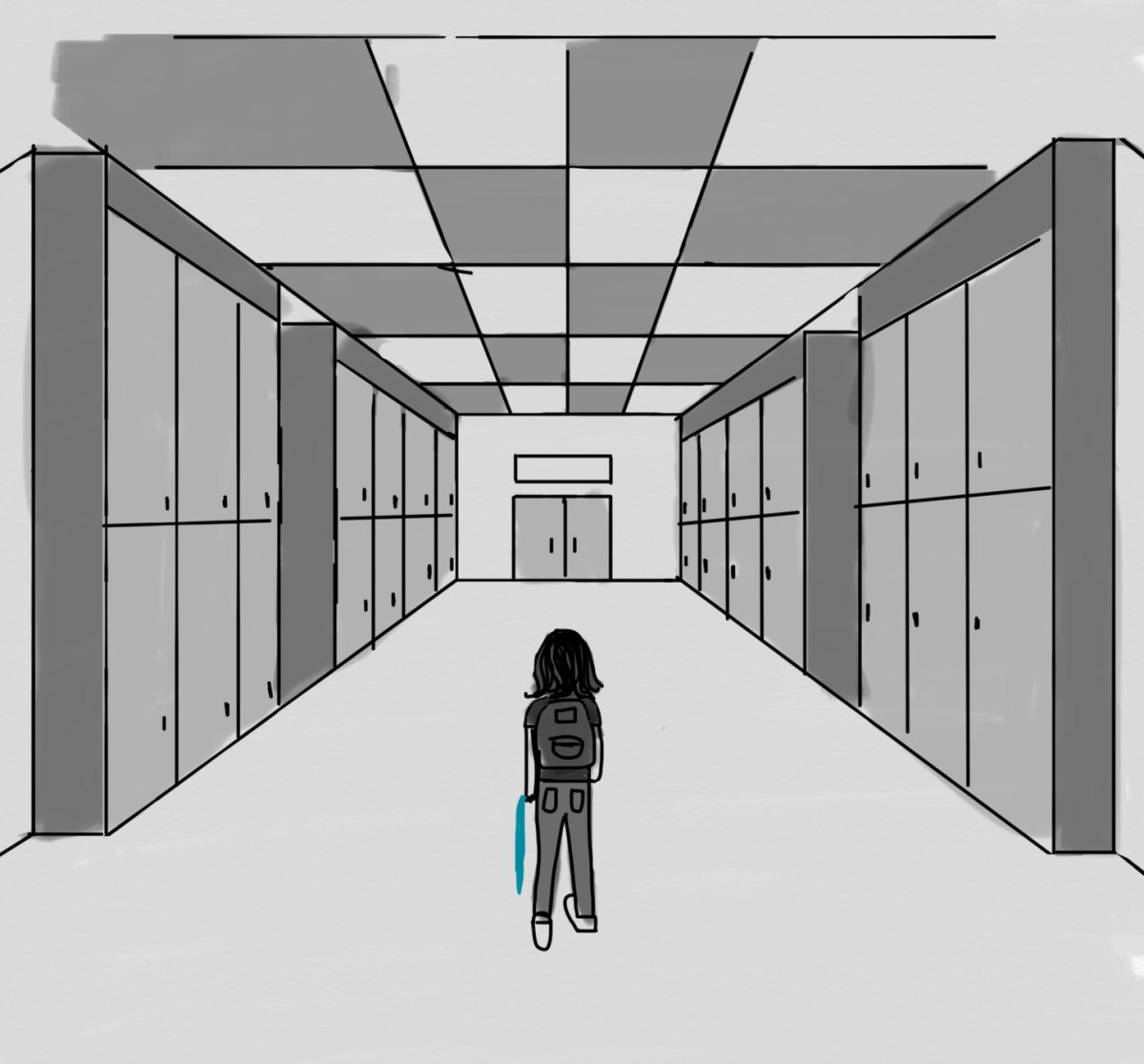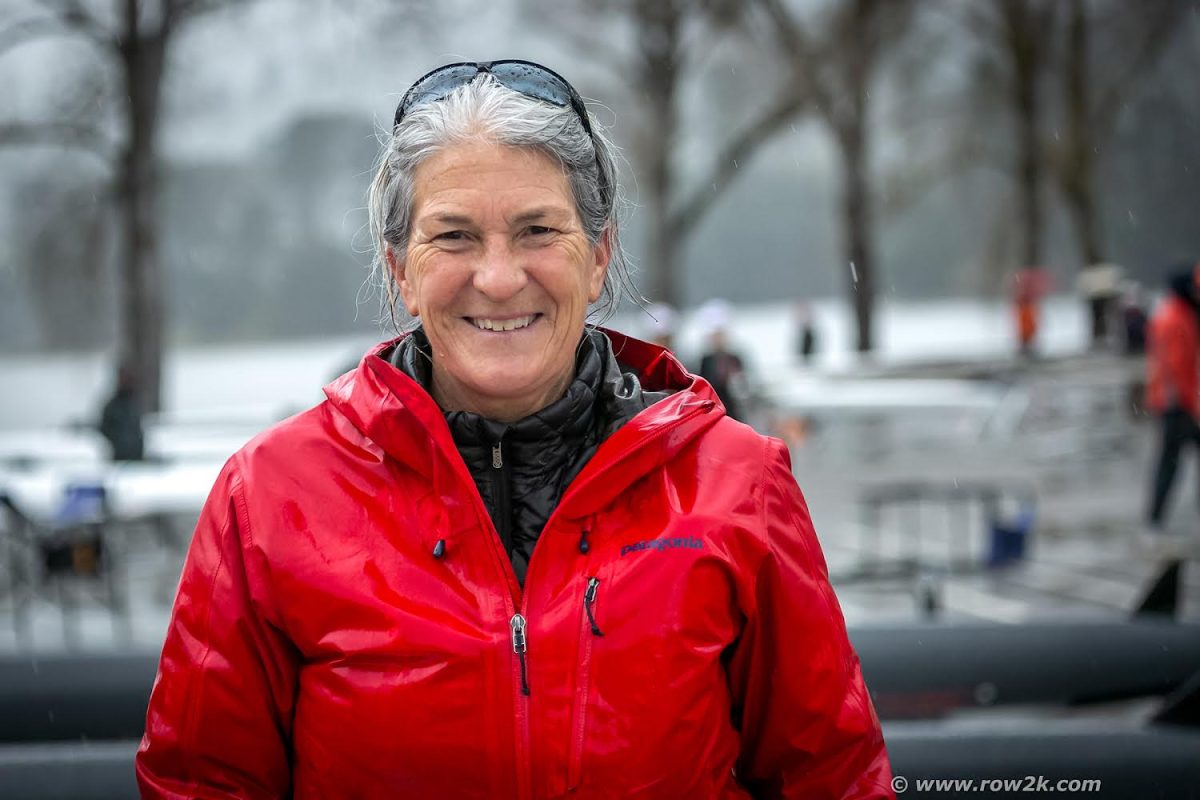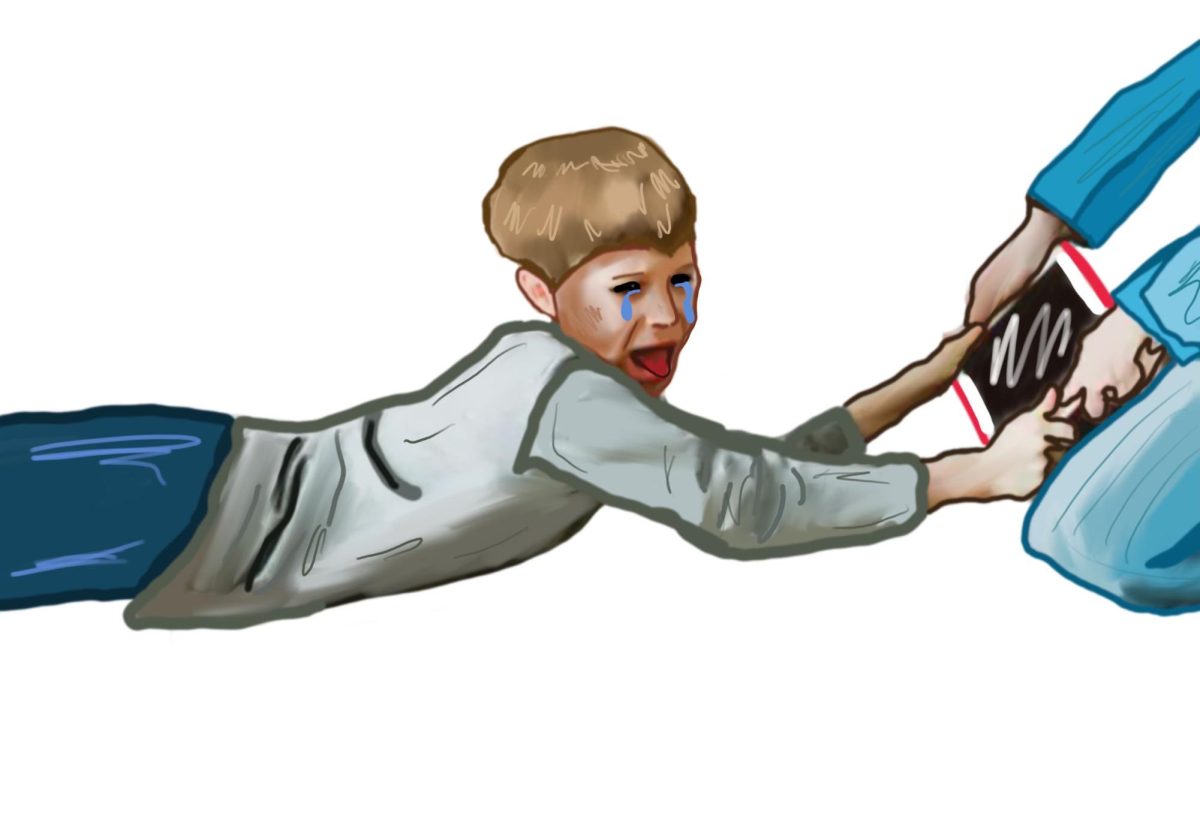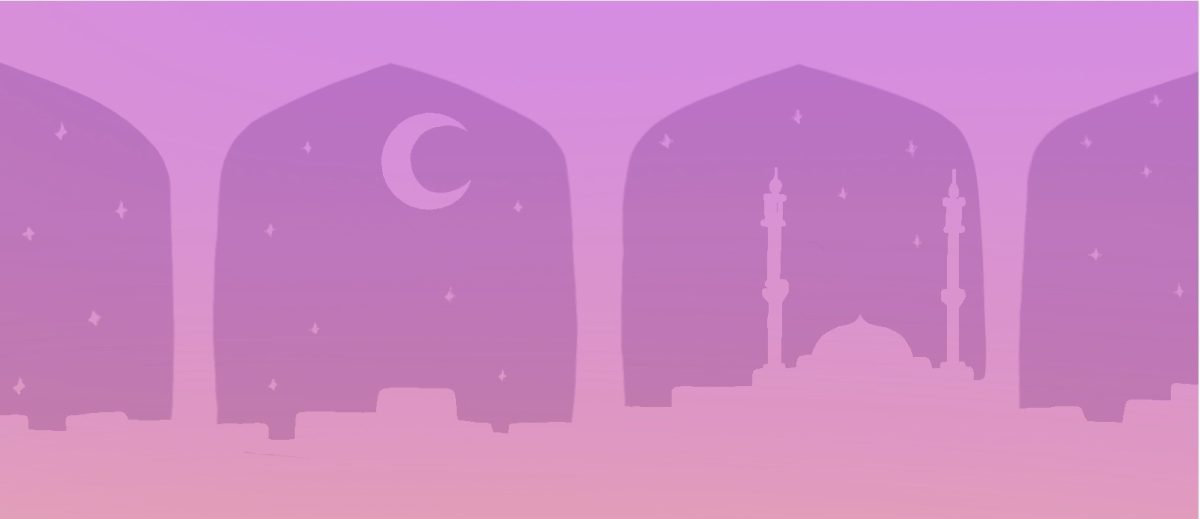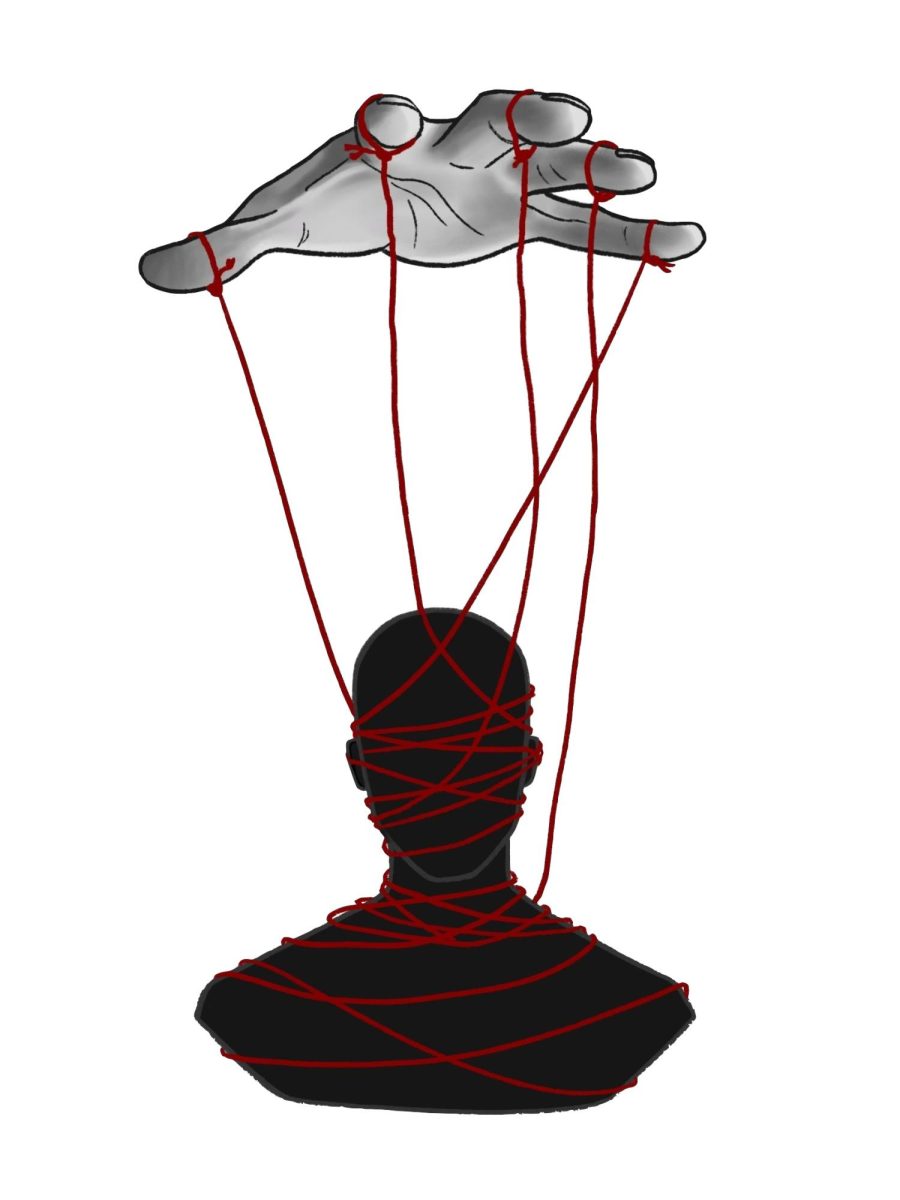“My mom used to take my brother and me, starting at age four, to the Stanford powwow every year, and basically everyone from Northern California who identifies as an American Indian goes to the powwow and that’s kind of where I got my first glimpse of what my culture actually was,” senior Gigi Buddie said.
Buddie is part Gabrielino Indian and part Mescalero Apache, and her Native American heritage is a large part of her identity.
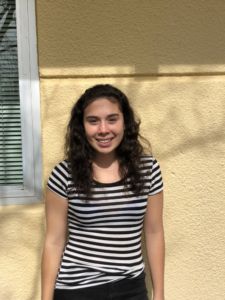
“[My identity] comes more from my mom’s side. I would say that we uphold our beliefs, and we take pride in our culture and that’s something that’s really important. It’s hard to uphold certain traditions that your culture might have had in a very small setting [with just] me and my mom,” Buddie said.
According to the official tribal website, the Gabrielino have lived in Southern California since before California became part of the United States. They are mainly descendents of Uto-Aztecan-speaking peoples from Nevada who moved south west approximately 3,500 years ago. After the Mexican-American War and subsequent American acquisition of California, several million acres of land were reserved for Native American tribes, including approximately 1,875 square miles for the Gabrielino.
Despite having never visited the Southern California reservation, Buddie has learned a lot about her culture from her mother.
“She knows a great deal about my tribe, stuff that I don’t know, and so in a way I aspire to have that knowledge and know exactly where I come from. It’s just a process of finding out who I really am through her,” Buddie said.
Buddie’s mother, Kaia Balsz, does her best to remain connected to her heritage. She was able to find sources of their culture in Marin County that helped her teach her children about their history.
“Culture is within you. I volunteered at the Museum of the American Indian in Novato. This helped me to be connected to my Indian culture. I took both of my kids to the museum when they were younger and also to events so my children saw American Indian art, other American Indians and people who are committed to preserving the American Indian culture and art in Marin County,” Balsz said.
The family keeps a collection of native art in their home to remind them of their proud history.
“My son owns an authentic Mescalero Indian bow and he displays it proudly in his bedroom. We had a huge library in our home when the kids were younger and I had an entire section of the library on American Indians and a section on California Indians,” Balsz said. “I have my dad’s stories, beliefs and culture within me and I pass them down to my children. We are a proud people.”
Balsz tries to maintain her culture by keeping some aspects of it in her family’s daily life.

“We [follow] traditions like passing around a talking stick and getting to talk about your highs and lows of the day, just small things like that,” Buddie said.
Junior Parker Canby, of Navajo heritage, often visited her grandmother (who was full Navajo) in San Anselmo before she died. Canby has had many memorable experiences with family members.
“When I was younger we would always go out to the reservation in New Mexico and we’d visit tons of my family [members] and there’s always been a sense of tradition that’s been in my family,” Canby said.
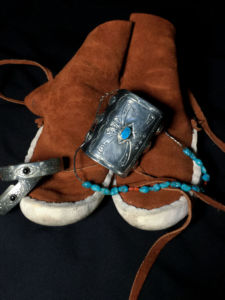
The Navajo people lived nomadically in the American Southwest for several centuries before the arrival of the Spaniards and fought several wars against White settlers throughout the 19th century. Eventually, most of the Navajo surrendered to the Americans and in 1864 were marched to Fort Sumner. However, on June 1, 1868, American and Navajo leaders signed a treaty giving them a reservation of over 27,000 square miles situated across parts of Arizona, New Mexico and Utah.
Over the years, Canby has traveled to the Navajo reservation in New Mexico to visit family. While there, sheFashioned by community artisans, these moccasins are traditional Navajo footwear learned about various Navajo traditions, including the role of medicine men through a memorable family experience.
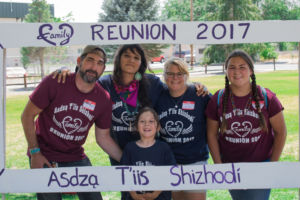
“My cousin, when he was two or so, used to scream all the time. We were out on the reservation [and] we decided to go visit one of the medicine men. Usually most of the ceremonies take place in [the] hogan and in there they perform the ceremony,” Canby said.
Occuring around a fireplace in the hogan (a traditionally octagon-shaped Navajo hut), the medicine men would perform special chants and a ceremony using herbs in an effort to stop her cousin from screaming.
Whether through family experiences on the reservation or through her daily life, Canby maintains belief in certain Navajo superstitions.
“A lot of them pertain to animals—so I don’t like owls. [Seeing] owls in Navajo culture usually means somebody’s about to die, and if you see them near your house, it’s a bad thing and you should [use] special medicine and herbs—and when I say medicines in Navajo culture it’s not like a pill or anything, it’s just plants,” Canby said. “I usually just burn sage, because it’s what I have on hand, but I think that I’m supposed to burn tobacco. I had seen an owl getting attacked on this tree by a crow at my house once, and then two days later my softball coach died. It happened again and my friend’s grandpa died, and then on the same day my friend’s mom died. So I definitely have developed this fear of owls.”
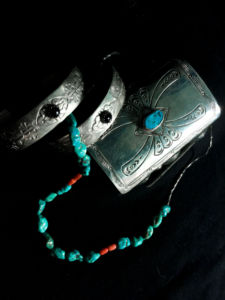
Canby and Buddie both said that due to Marin’s overwhelmingly White population, minority populations, Native Americans included, are not well recognized.
According to the Census Bureau, out of Marin’s 261,651 residents, only 1 percent are American Indian, compared to 85.7 percent White.
Buddie said she encourages people not to generalize Native Americans or be insensitive.
“Marin is a very White area, and also our school happens to be a very White school. And there’s nothing wrong with that, it’s just that there’s not that many American Indians in the U.S. today anyway, so it’s going to be very rare to find people who strongly identify with their culture and take pride in their culture when there [are] so few of us,” Buddie said.
Buddie has dealt with this cultural balance in her personal life.
“My dad is White and my mom is American Indian, and from birth I’ve had two cultures pulling, and also meshing together. That’s why I celebrate Christmas and I was baptised, but that [doesn’t] necessarily come from my American Indian side because we were enslaved and forced into Catholicism, so I think it’s been a lot of compromise in who I’ve been raised as,” Buddie said.
Canby and Buddie both argue for people to look past stereotypes generally associated with Native Americans.
“I would say [that using] basic stereotypes like using slurs like ‘Redskins’ is not okay,” Buddie said. “Also we all don’t live in teepees or have headdresses . . . certain tribes don’t see that as part of what their traditions are, some cultures do. Today there are over 500 federally recognized tribes and each one is so different, and [it isn’t right] to stereotype, and I think that goes for any race or culture.”
Canby ensures that she will remember her culture as she lives her life.
“We’re going to be regular people but we’re also going to recognize more of where we were from,” Canby said.
Buddie and her mother have seen their relationship strengthened by their shared culture.
“It brings us closer,” Balsz said. “We know our family is small but, we’re strong, independent Apache women.”








